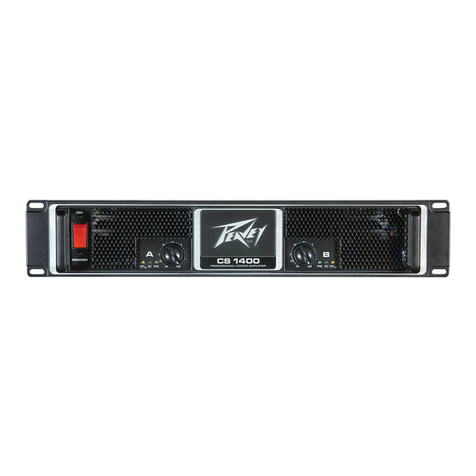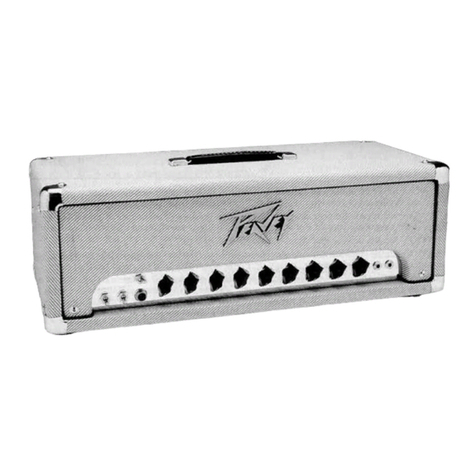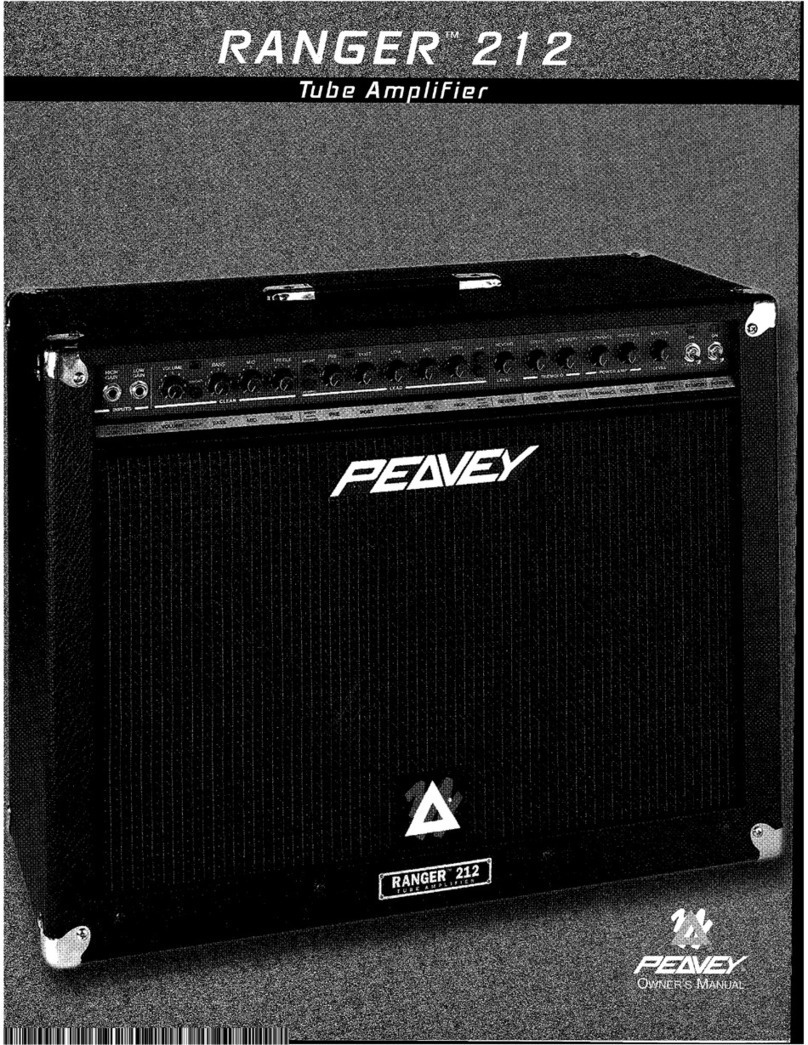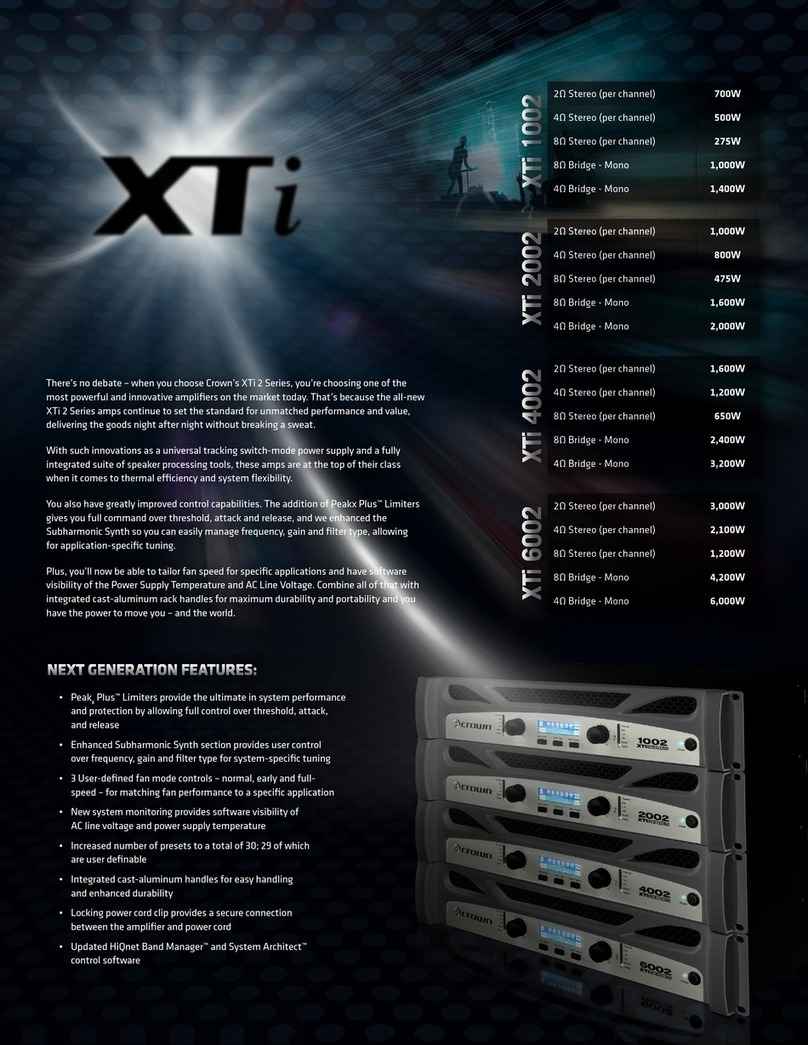Peavey ARTIST User manual
Other Peavey Amplifier manuals
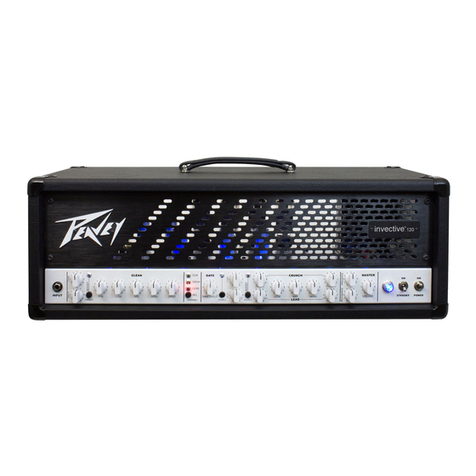
Peavey
Peavey Invective 120 User manual
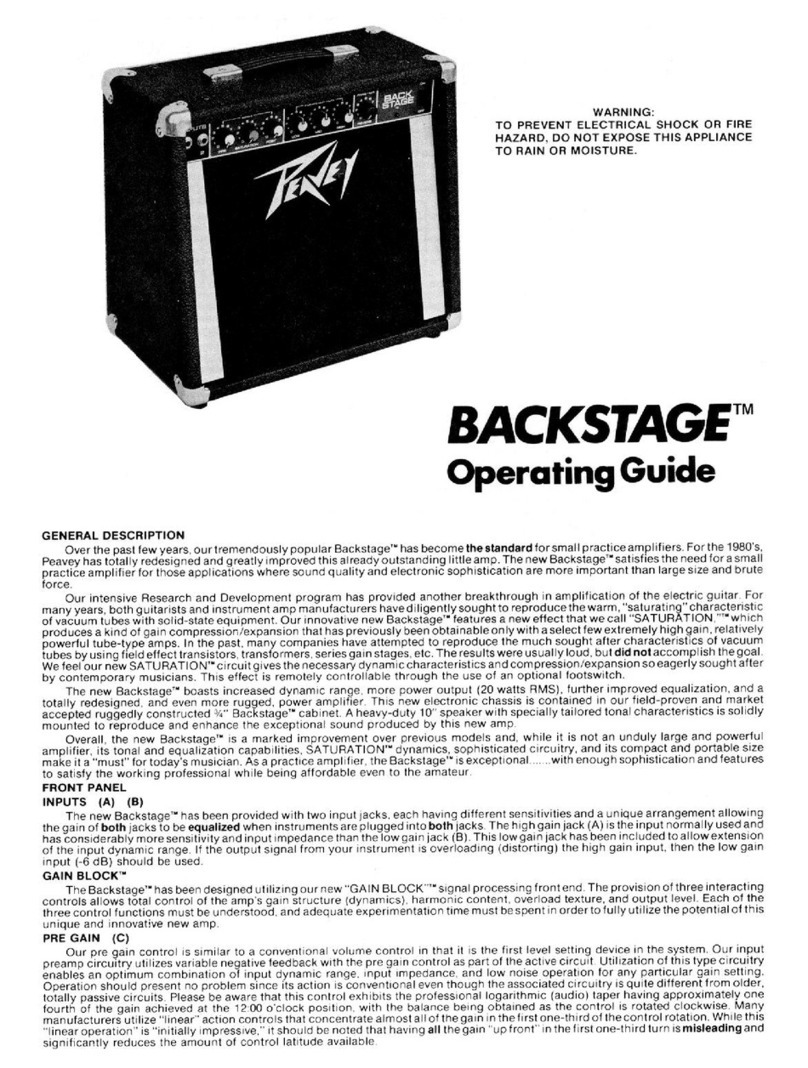
Peavey
Peavey Backstage Chorus 208 User manual

Peavey
Peavey Nashville 400 User manual
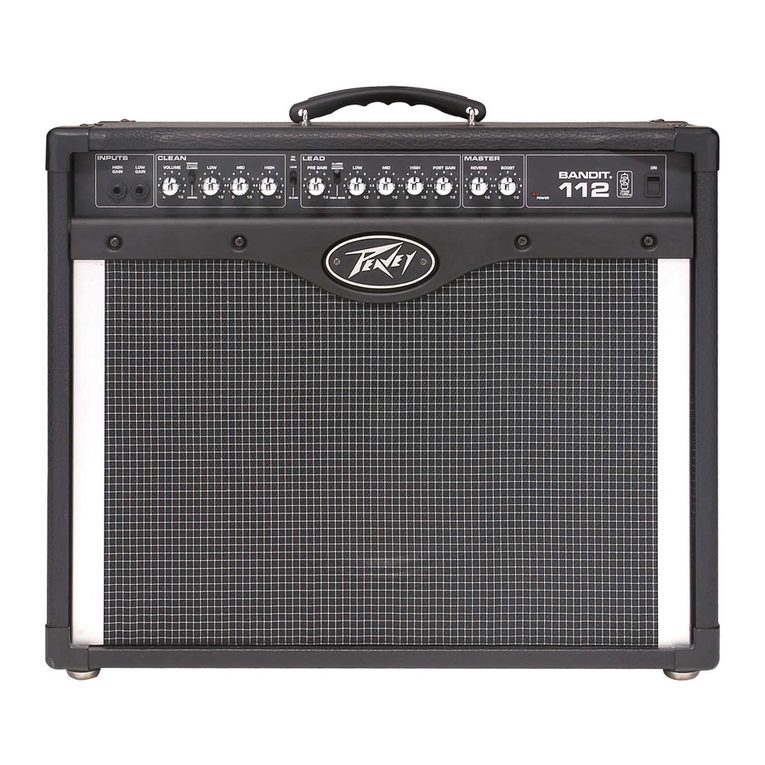
Peavey
Peavey Bandit 112 User manual

Peavey
Peavey Robert Randolph Signature 212 User manual
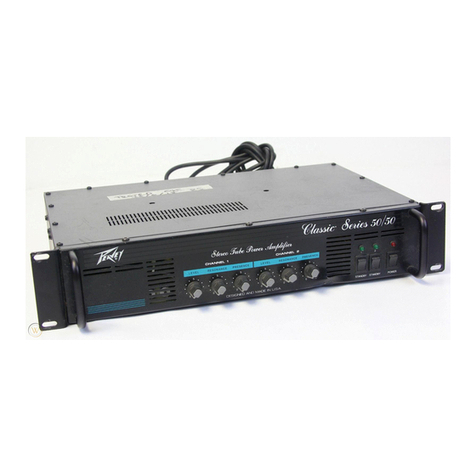
Peavey
Peavey Classic 50/50 User manual

Peavey
Peavey Classic VTX Series User manual

Peavey
Peavey Tour TKO 115 Manual
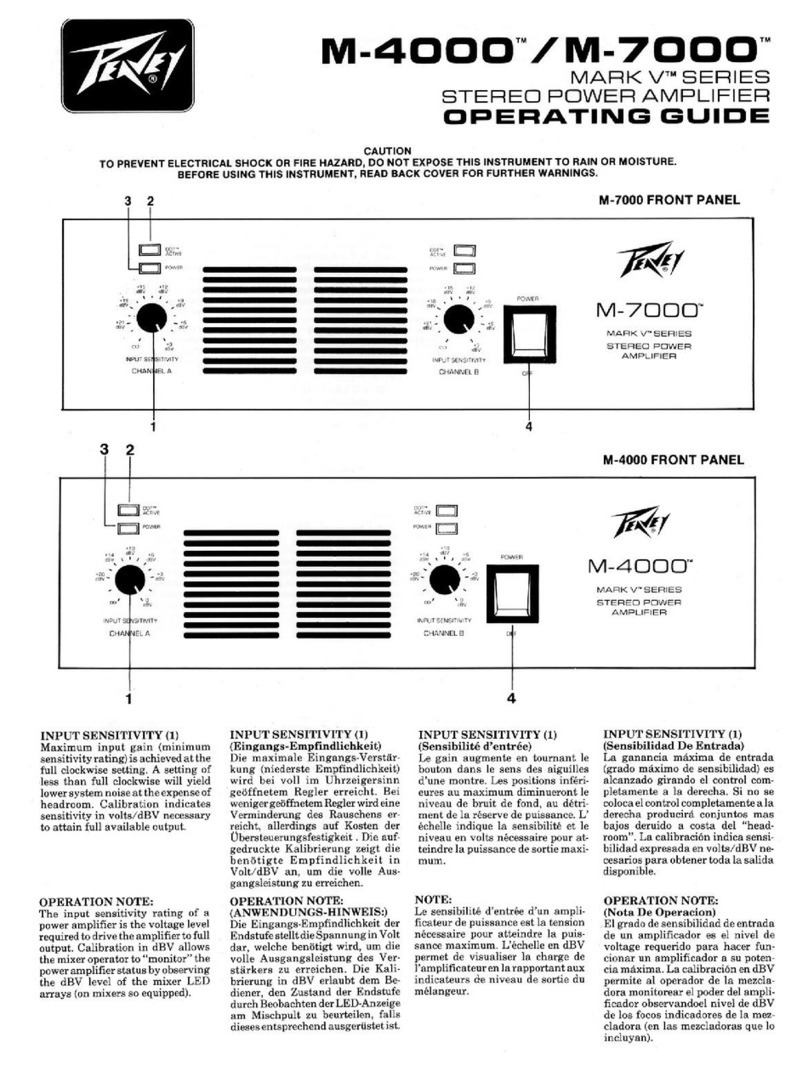
Peavey
Peavey M-4000 User manual
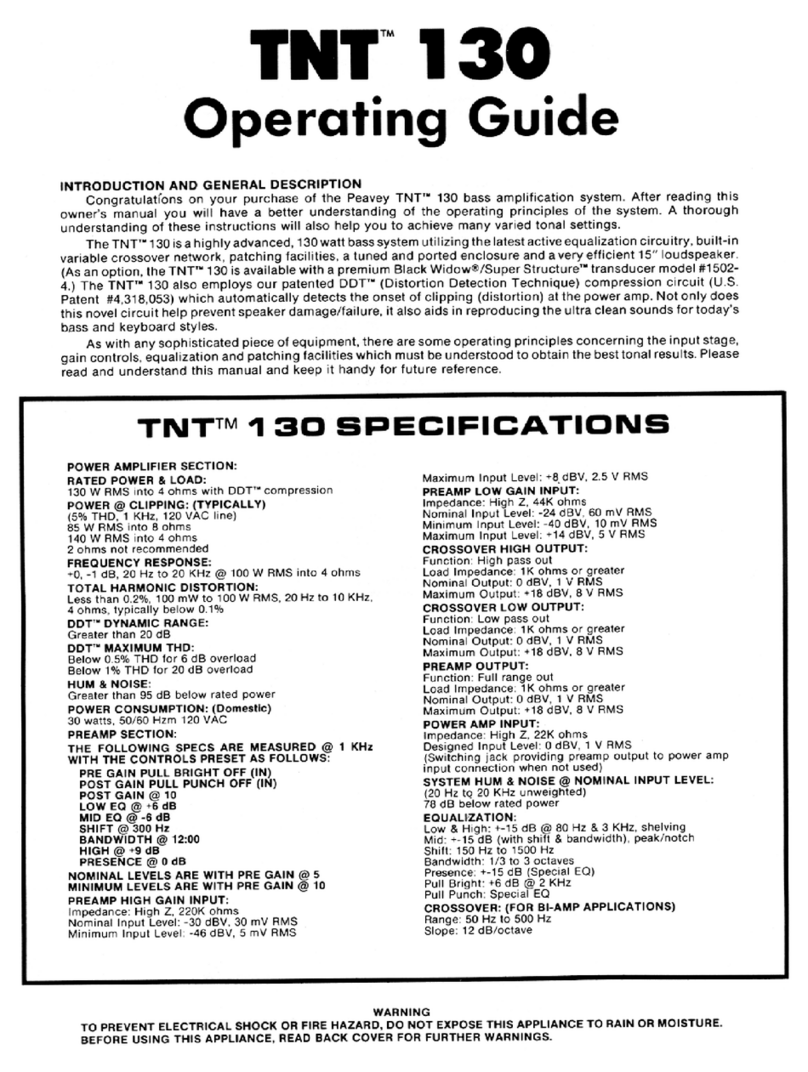
Peavey
Peavey TNT 130 User manual
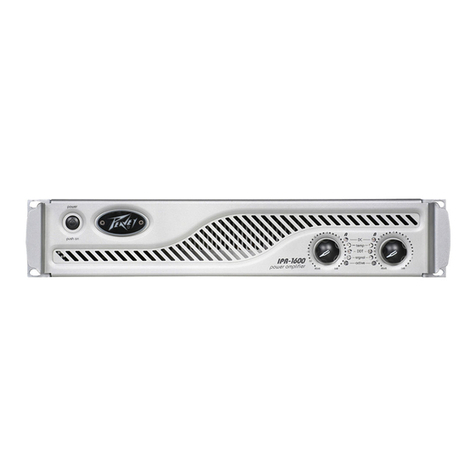
Peavey
Peavey IPR 1600 User manual
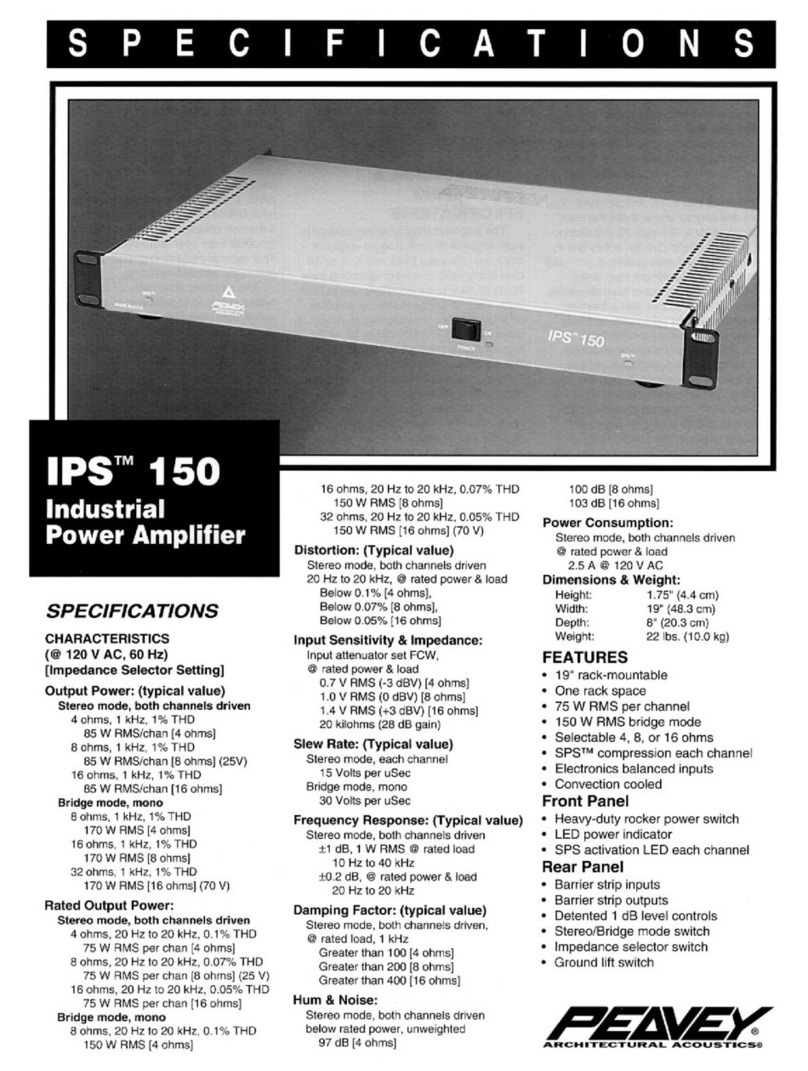
Peavey
Peavey IPS 150 User manual

Peavey
Peavey DECA 424 User manual
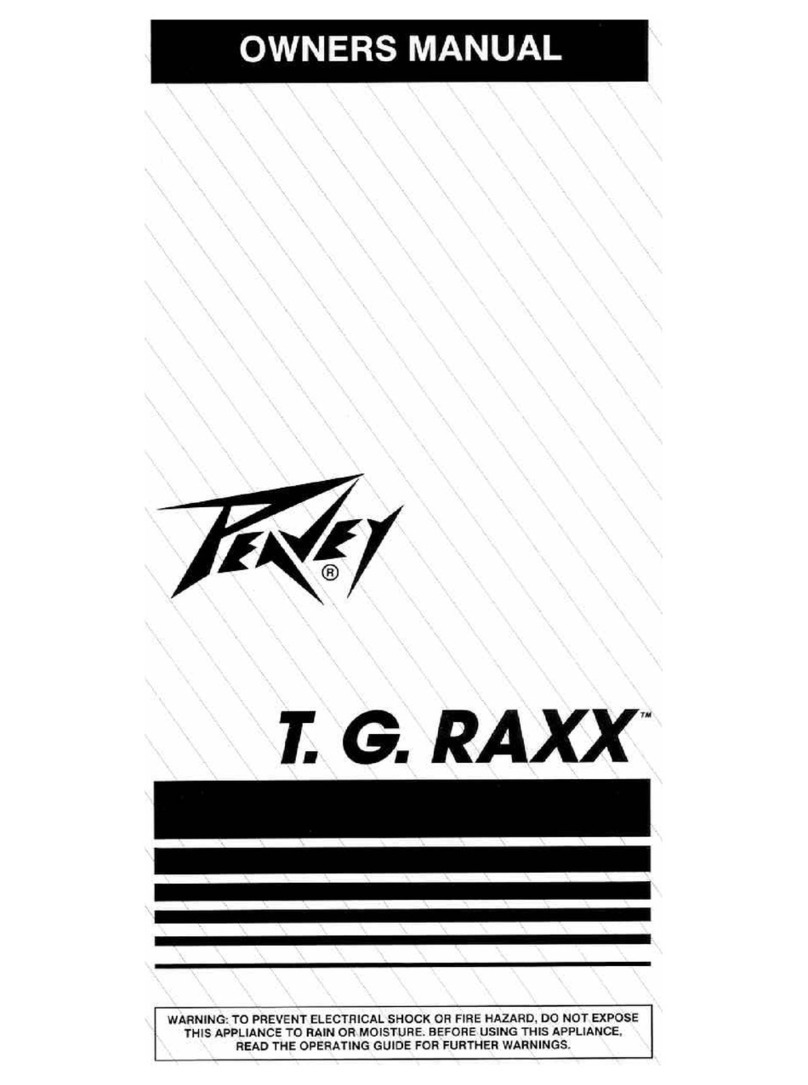
Peavey
Peavey TG RAXX User manual

Peavey
Peavey MPE-S2 User manual
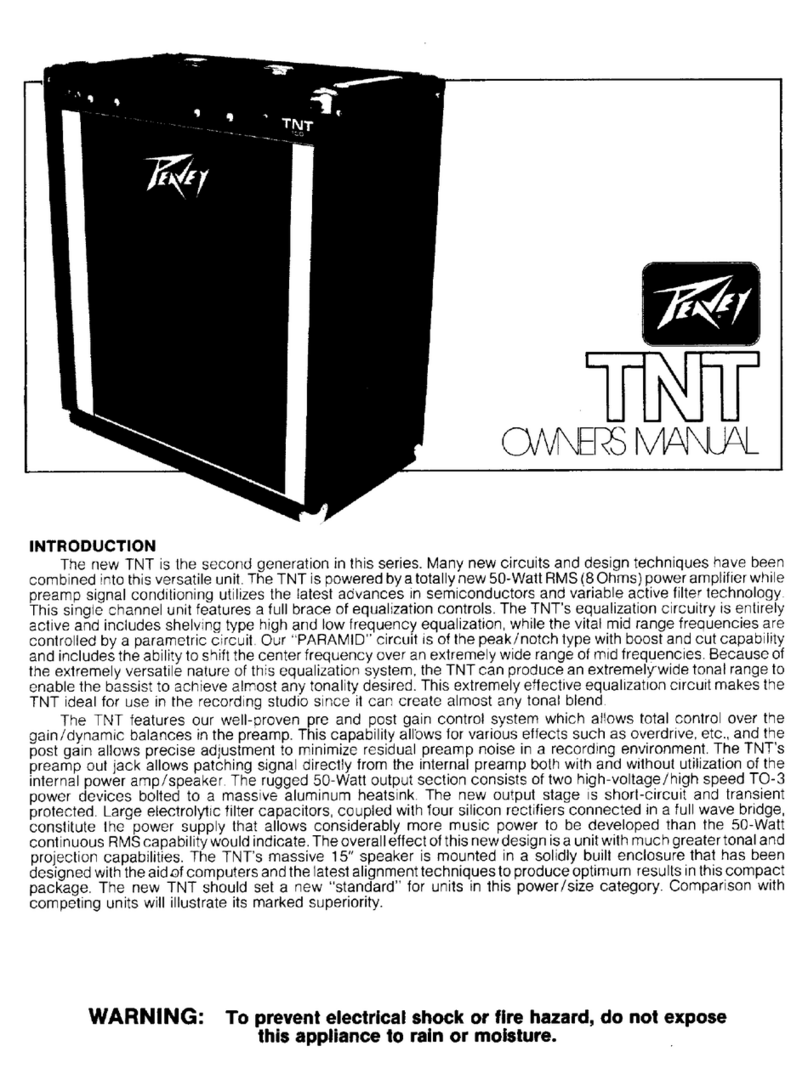
Peavey
Peavey TNT User manual
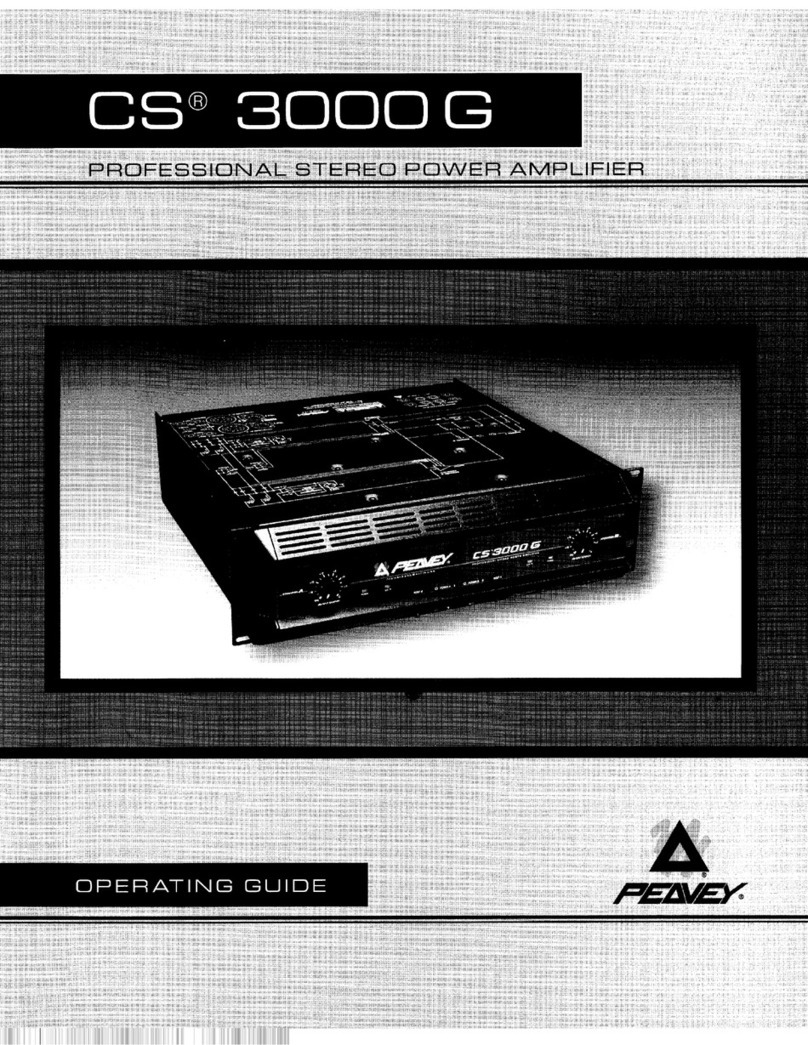
Peavey
Peavey CS 3000G User manual
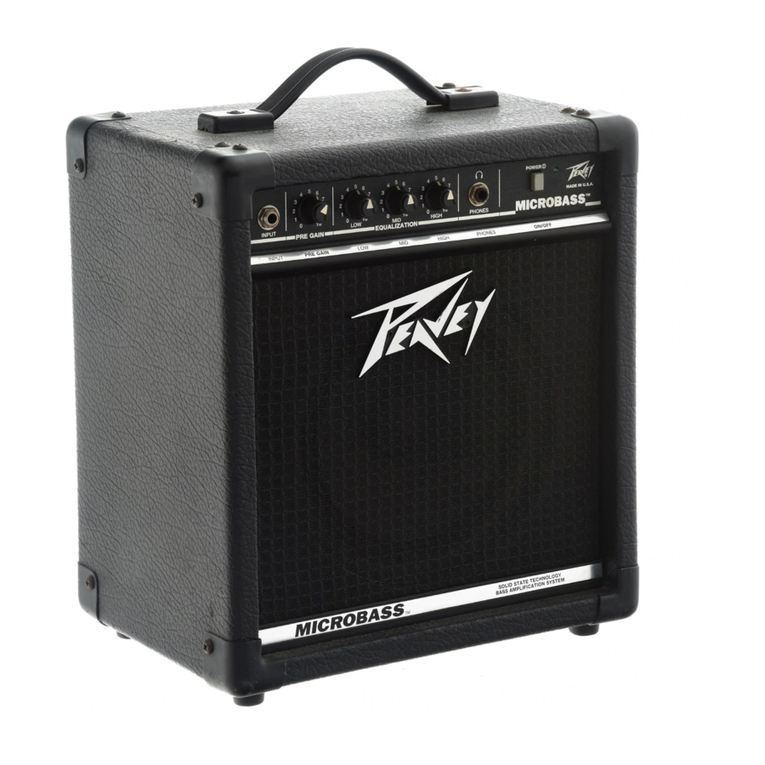
Peavey
Peavey MicroBass User manual
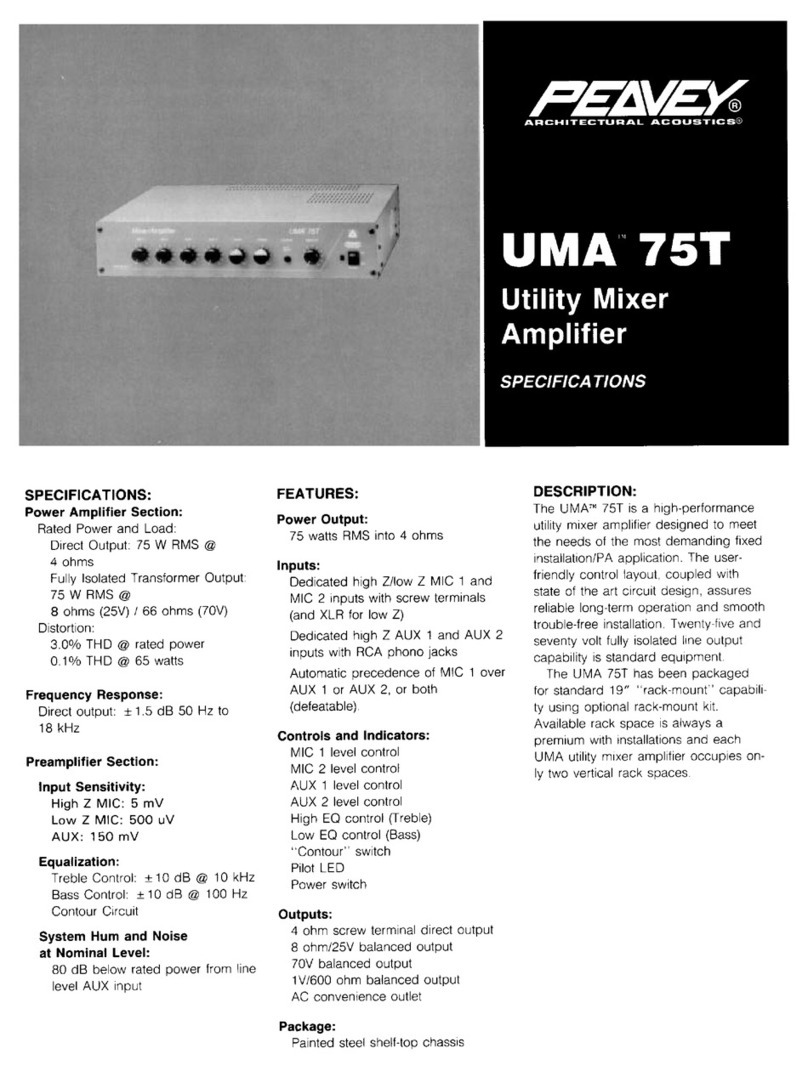
Peavey
Peavey UMA 75T User manual

Peavey
Peavey Solo User manual
